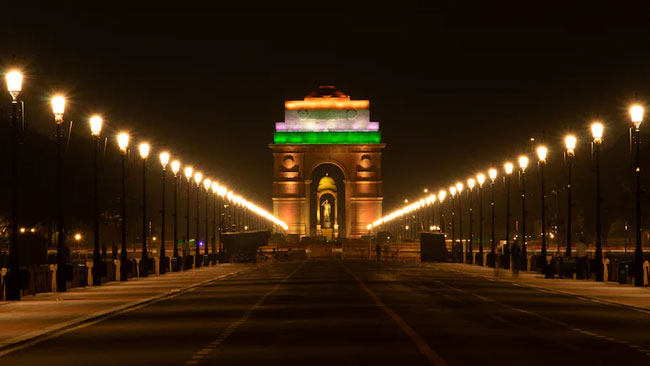New Delhi:India has invited Pakistan and Bangladesh, among other neighbouring countries to participate in an ‘undivided India’ seminar being organised to mark 150 years of the India Meteorological Department. This is a first-of-its-kind initiative by the government to keep differences aside and celebrate the shared history of the Indian subcontinent in unison.
Invites have been sent to Pakistan, Bangladesh, Bhutan, Afghanistan, Myanmar, Maldives, Sri Lanka, and Nepal. Besides the subcontinent, invitations have been sent to officials from the Middle East, central and Southwest Asia too.
Pakistan has confirmed its participation, and a confirmation from Bangladesh is awaited, reported news agency Press Trust of India. Should Dhaka confirm, it will be a historic moment. “We wanted officials from all countries which were part of undivided India at the time of IMD’s establishment to be part of the celebrations,” a top official from the weather department said.
Various ministries in the Government of India have contributed to make the event memorable. While the Finance Ministry has decided to release a special and limited-edition Rs 150 commemorative coin to mark the special occasion, the Home Ministry has given clearance for a special tableaux on Republic Day marking the weather department’s 150 years.
A BRIEF HISTORY
The India Meteorological Department was established on January 15, 1875. However, weather observatories had been set up much earlier. The first meteorological observatories were established by the British East India Company. The Calcutta Observatory started in 1785, the Madras Observatory in 1796 and the Bombay Observatory in 1826. Many more were set up in the early 19th century, peppered across the Indian subcontinent.
The IMD came into existence in 1875 after a cyclone ravaged Calcutta in 1864, followed by two deadly monsoon failures in 1866 and 1871 which led to famines across Bengal. This was when it was decided by the administration under the British Raj that record-keeping and data analysis was required. So the collection and analysis of meteorological observations started under one roof – an organisation named India Meteorological Department.
Since its inception in 1875, IMD was headquartered in Calcutta. In 1905 it was moved to Shimla, and then to Pune in 1928, and eventually to New Delhi in 1944, where it has remained since.
Over the years IMD went from humble beginnings to becoming a leading weather forecaster for Asia. Since independence in 1947, IMD has made significant advancements in weather sciences, communication, and scientific innovation.
During the era of the telegram, IMD used to send major weather updates and warnings by way of telegram. But it went on pioneer weather communication by inaugurating one of the first message-switching computers in the world for global data exchange. It also acquired one of the earliest electronic computers for climate research.
When India’s space agency ISRO established itself, the weather department was one of the first to collaborate with it. India became the first developing country to launch its own geostationary satellite, INSAT, for round-the-clock weather monitoring and cyclone alerts.




